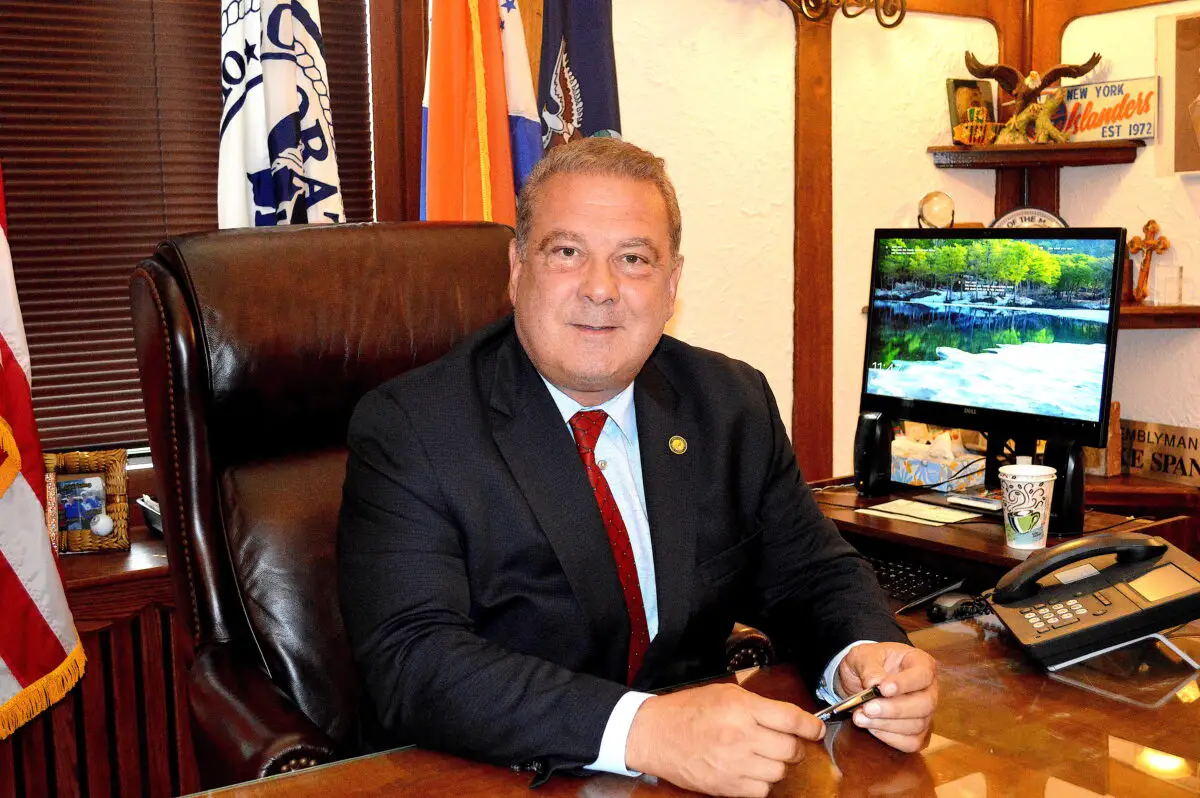
With so many social programs in place to help the aging or infirm, the missing link is becoming painfully obvious to anyone working in senior health care: a sense of community connectivity. Hudson Valley Home Matters, a new nonprofit working to help seniors remain in their homes, hosted Mae Carpenter as its keynote speaker at the Wallace Center at FDR”™s home in Hyde Park April 21.
Carpenter has been championing programs to make the lives of Westchester County”™s 189,000 seniors as comfortable as possible. As an advocate for seniors”™ rights in the Hudson Valley”™s most populated county and director of the county”™s Department of Senior Programs and Services, she talked about the challenges of aging in place for seniors in suburban communities and the tie that binds: family and neighbors lending a helping hand.
“We didn”™t have ”˜friendly visitor programs”™ or ”˜caring phone calls”™ when I was growing up,” said Carpenter. “What happened to family and neighbors?”
America may be on the move, but when it comes to caring for the aging population, which is about to explode within the next 20 years, many of those who can”™t climb to the top of the roof to fix the shingles are finding themselves turning to social service agencies for help instead of relatives or friends, as they had in the past.
In communities where houses are on 3- to 5-acre tracts of land, walkable community living is impossible and getting to know a neighbor ”“ let alone asking or receiving a helping hand ”“ can be a challenge given the distance between homes. Add to that the lack of transportation for those who can no longer drive or afford to maintain a car. That needs to change if life is going to be better for the baby boomers and those behind them, said Carpenter.
Offices of the aging and the array senior programs they offer are increasingly beset with requests for help, said Carpenter, but she wishes the community would reach out and do more than just love thy neighbor ”“ lending a helping hand is a random act of kindness that can”™t be bought and paid for by the government, which is cash-strapped and steeped in deep recession, she said.
Carpenter spoke of tragedies that could have been prevented, and one case in which neighbors did take action. “One man died in his driveway shoveling snow. A man in his 50s with three teenage sons sitting inside watching television while he was outside shoveling. What”™s wrong with this picture? The neighbors got together and purchased a snow blower for the family.” One caveat came with their new snow blower: the boys would not only clear their own driveway but those of the neighbors who purchased the machine and supply the gasoline and oil to keep it running. A life was lost, a problem solved, but more than that, said Carpenter, a painful lesson learned by three sons who no longer could rely on dad to do the heavy work.
“Growing up, we had aunts and uncles to tend to, little ones that needed someone to watch them or walk them to school,” said Carpenter. “There was no such thing as calling outside help in my childhood. It was something you did without giving it a second thought because it needed to be done. My great aunt has five children, and each takes a turn spending the night with their mother. They aren”™t doing it to save money ”“ they are doing it because she is their mother.” But for those who don”™t have large families or loved ones nearby, neighbors could use a lesson on being neighborly.
Carpenter was joined on the “aging in place” panel by John Beale, director of the Office for Aging in Dutchess county; Dr. Lawrence Force, a gerontologist who teaches at Mt. St. Mary College in Newburgh; and John Clark, development and design coordinator for the Dutchess County Department of Planning who advocates for walkable, age-in-place communities. Sprawl, said Clark, has definitely been a contributor to the lack of community interaction.
Force”™s mother still lives in her three-room apartment in Mt. Vernon where he grew up. “I remember Sky King and Penny ”“ and I remember neighbors. There is room in the sandbox for all of us. Aging in America is becoming marginalized — we are asking people to become invisible ”“ but the Cold War generation is not going peacefully into the night,” said the Mt. St. Mary professor.
The baby boomers, now fast-forwarded 40-plus years, have “created a tsunami of aging. Now the elderly are being looked upon as a major expense, not as the people who contributed to this nation or to what they are still able and want to contribute.”
“What can we do without relying on federal funds?” asked Carpenter. “There is a place for nursing homes, but for every person who remains out of a nursing home, $120,000 a year is saved. It costs approximately $700 a year to deliver a meal for one person.”
For those caring for aging parents or disabled family members, Carpenter encouraged nursing homes to expand services and create a “hotel mentality ”“ offer a short term stay for someone — this would be a tremendous asset for those who would like to take a vacation but can”™t leave their loved one alone. Give them an option, because it makes them better caregivers.”
A new program Westchester has rolled out ”“Livable Communities Caregivers Coaching Program ”“ is designed to teach volunteers trained by professionals to help family caregivers better care for an older or disabled person. According to the National Alliance of Caregivers, it would cost approximately $275 billion a year if the services family caregivers provide had to be replaced with paid services.



















